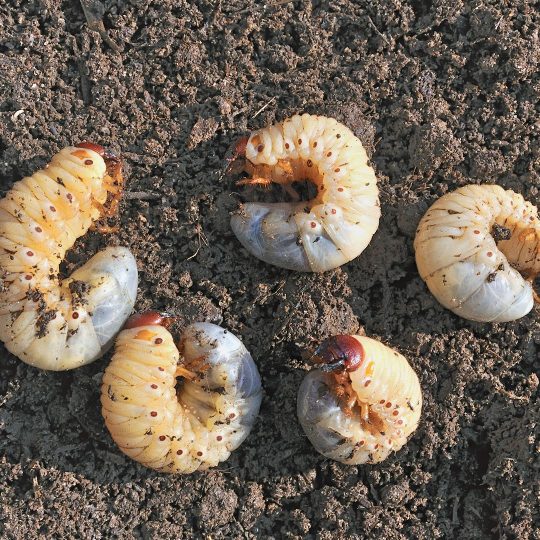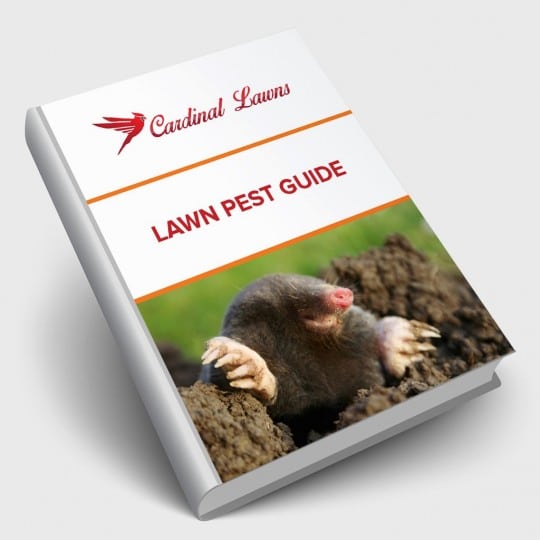Pest Spotlight: Grub Control
Identifying and Treating Grubs
Posted
June 15, 2017

In these steamy summer months, while you’re outside soaking up the sun, you may find yourself face to face with Japanese beetles and notice dead patches of grass around your lawn. This is more than a sign of summer heat. It could be an indication that you need to start looking into grub control.
Grubs are the larvae of Japanese beetles, as well as other bugs. These white, C-shaped pests feed on the roots of grass and other plants in your lawn and garden. You may find grubs if you pull back an area of turf or top layer of soil. While a few grubs in the ground shouldn’t cause too much of an issue, if there are six or more mealy looking insects, it’s time to take action.
Grub Control in the Lawn and Garden
It’s easier to control grubs when they’re young. Depending on the species of grub, the prime time for preventing an infestation is in the spring. But you can also help stop the spread of grubs by treating areas of your lawn or garden in July and August when they’re just starting their life cycle.
If you’re using insecticides for grub control, water the lawn after application to move the chemical into the soil where it can act on the grubs. Watering will also stimulate the grubs to move upward in the soil, closer to the chemical.
Weather and proper plant growth practices can also help control grubs. Grubs thrive in soil that’s consistently moist. So, if you’re having a dry season, or if you withhold irrigation water during hot summer months, many grubs will not survive.
Professional Grub Control
If your grub population continues to grow, even after treating your lawn and garden with the right insecticides, call Cardinal Lawns to discuss other methods of treatment. Take your lawn and gardens back, and truly enjoy your summer outdoors.

Download Your FREE Lawn Pest Guide
Pests become most prevalent during the heat and humidity of summer. Take some time to learn about the signs of infestations before any damage can be caused to your landscape. This handy guide will teach you how to spot common lawn pests and how to keep them from causing harm to you and your property.